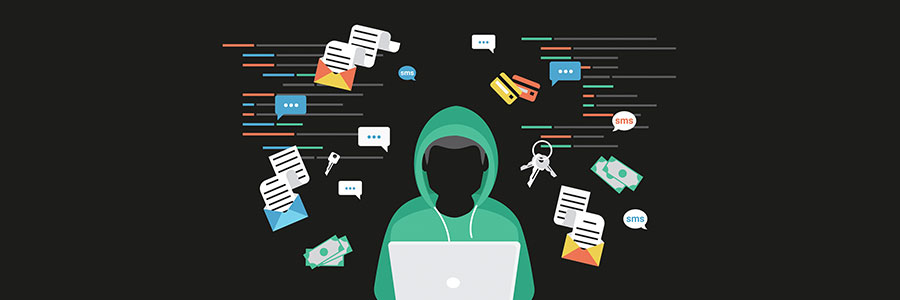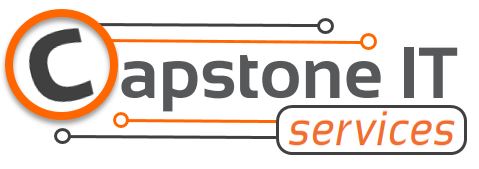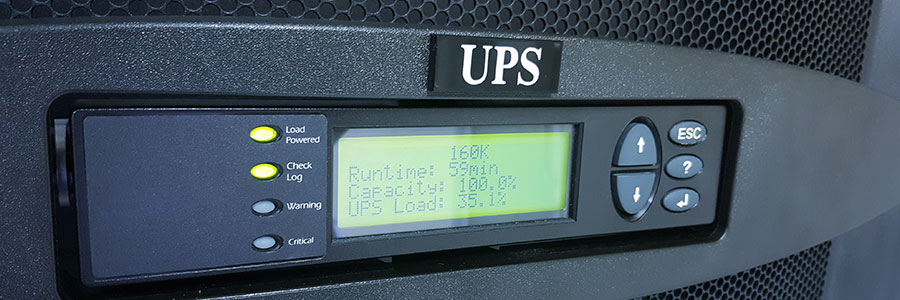During a power outage, responsible business owners use emergency power to keep desktop computers from unexpectedly shutting down. While that’s certainly a good strategy for keeping machines operational and preventing data loss, there’s something else you can do to ensure that your staff remains productive while weathering a storm: uninterruptible power supply (UPS) for networking equipment.
Capstone IT
Blog
Use single sign-on for login efficiency
Guide to removing these 5 PC clutter types
How to minimize Wi-Fi hiccups
3 Hacker types you need to know about

What do you call someone who hunts for security gaps in computer hardware and software? A hacker, right? What about someone who executes a vulnerability test and presents their findings to software vendors to help them improve the quality of their products? There is more than one type of hacker, and understanding the difference is important.
Add hours to your day with these PC hacks
Boosting productivity with Workplace Analytics
Speed hacks to make Google Chrome faster
Top reasons for technology business reviews

Businesses need technology to be profitable and productive. But not all technologies are capable of delivering on their perceived benefits. To make sure your investments are worth keeping, you need to perform technology business reviews.
A technology business review reveals the strengths and weaknesses of your company’s IT framework.
How to remove bloatware from your Windows 10 PC

Bloatware is pre-installed software (that may or may not be malicious) that typically requires an unwarranted amount of disk space, slowing down your computer and exposing you to more cybersecurity risks.
Superfish
In mid-2014, Lenovo users noticed that something was awry with their web browsers: banner ads were breaking webpage layouts and pop-ups were making surfing unpleasant.







